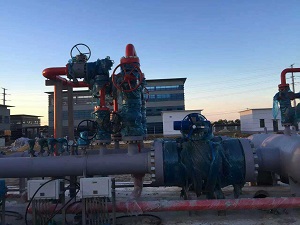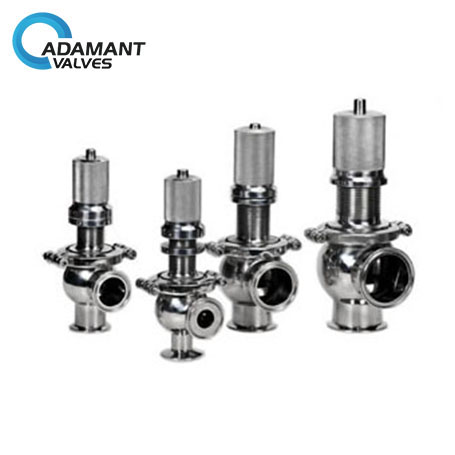What is Oxygen Pressure Relief Valve Mechanism?

What is the Mechanism of Oxygen Pressure Relief Valve?
The high-pressure chamber of the oxygen pressure relief valve is connected to the steel cylinder. The low-pressure chamber is for gas emission and also has access to the system. The indication of the high-pressure gauge is the pressure of the stored gas in the steel cylinder. The outlet pressure of the low-pressure gauge can be controlled by the regulating screw.
How does a pressure relief valve work?
When using sanitary pressure relief valve, open the master switch of the steel cylinder first, and then turn clockwise the pressure regulating screw of the low-pressure gauge to compress the mainspring and drive the film, spring pads, and mandrel to open the shutter. This way, the high-pressure gas at the inlet, after throttling and decompression, goes from the high-pressure chamber into the low-pressure chamber and then through the outlet to the work system. Turn the regulating screw to change the height of the shutter, so that the amount of high-pressure gas can be regulated and the required pressure value can be achieved.
What is a Pressure relief valve?
Pressure relief valves are all equipped with safety valves, which are the devices used to protect and ensure the safe use of pressure relief valves. Also, they are signal devices when the pressure relief valve encounters failure. If the shutter pad or the entire shutter is damaged, causing the outlet pressure to rise on its own and exceed a certain allowed value, the safety valve will automatically open and exhaust.
Conclusion
Pressure relief valves (safety relief valves) are designed to open at a preset pressure and discharge fluid until the pressure drops to acceptable levels. When the force of the steam pressure acting on the valve exceeded the force of the weight acting through the lever arm the valve opened.





